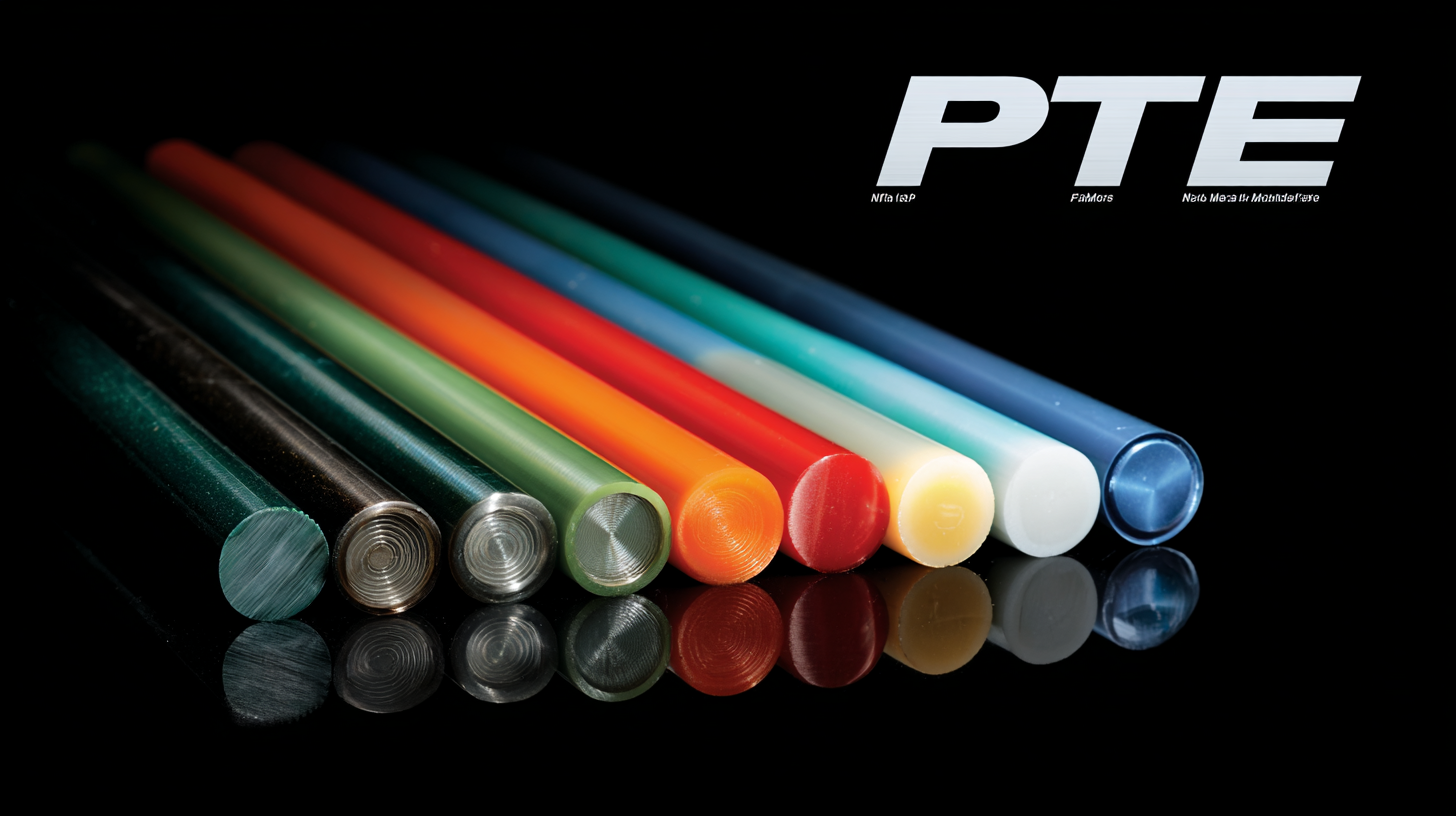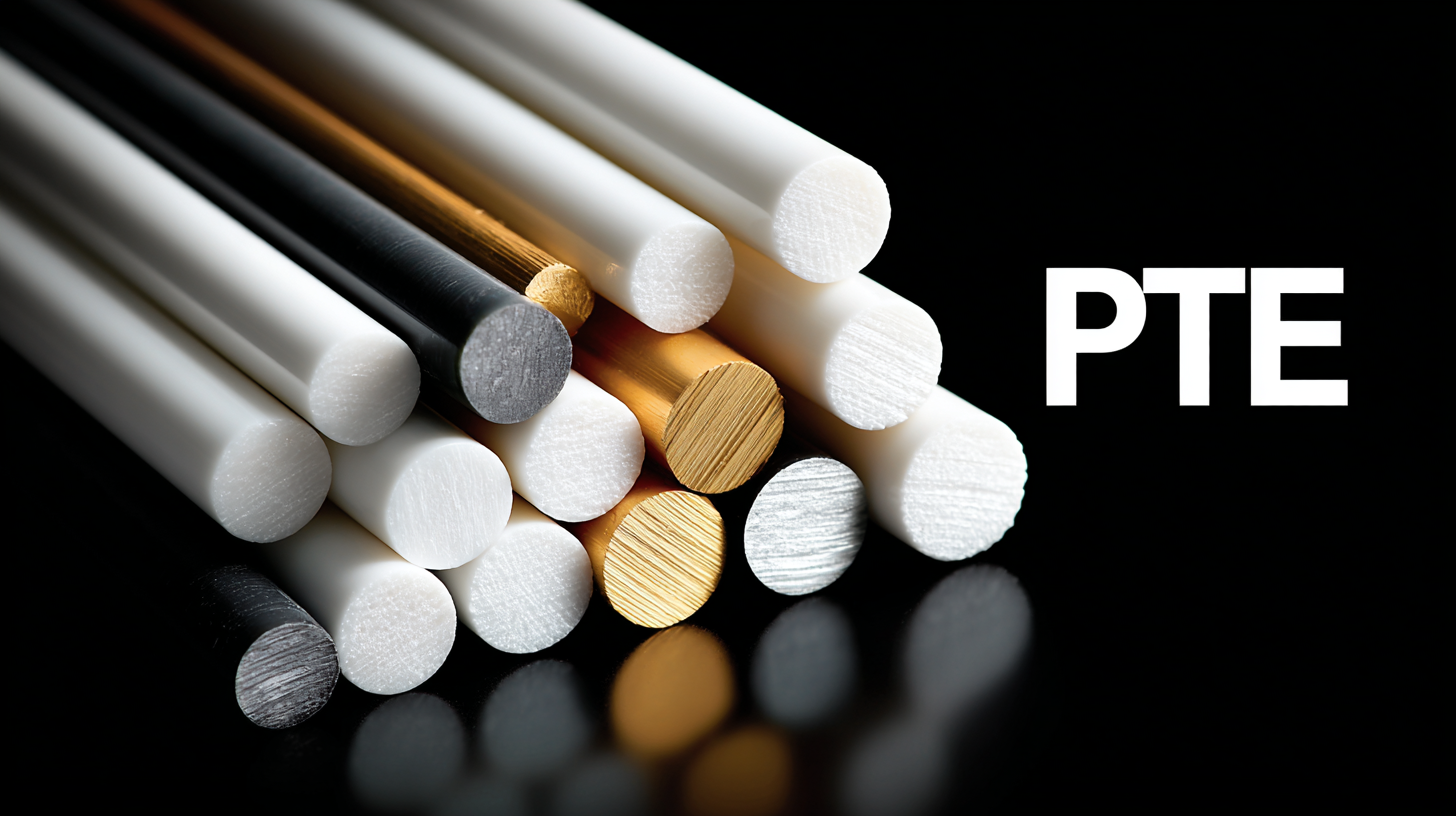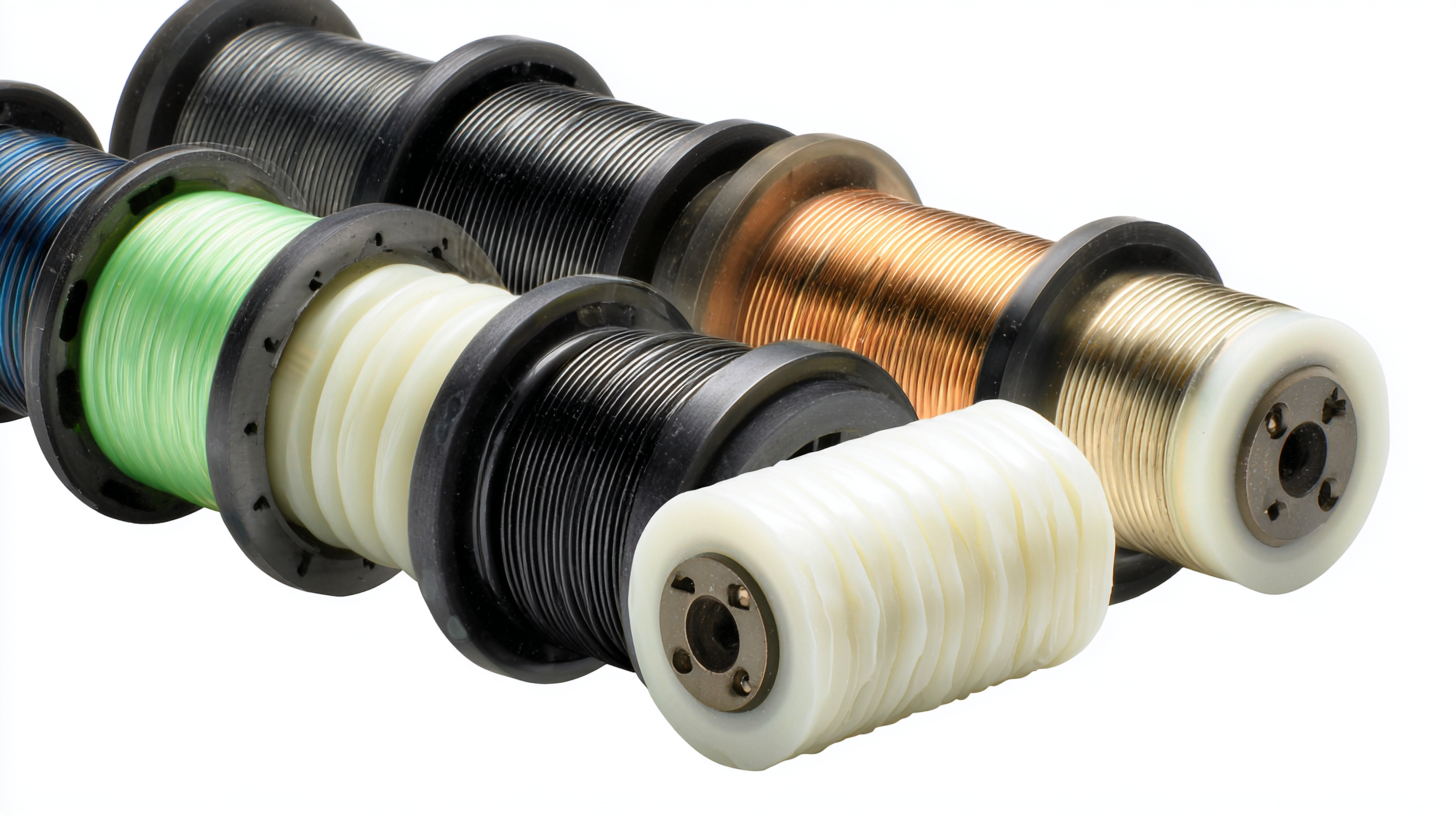- Home
- Products
- Services
- Product concept development
- Engineering
- Design for manufacturability
- Regulatory services
Read more - Material selection and formulation
- Prototyping
- Testing and validation
Read more - Production process development
- Custom tooling
- Manufacturing
- Finishing operations
- Assembly
- Packaging
- Private labeling
- Sterilization
Read more
- Resources
- Careers
- Search
How to Select the Best PTFE Coated Mandrels for Your Manufacturing Needs
In today's competitive manufacturing landscape, the selection of the right PTFE coated mandrels is crucial for businesses aiming to enhance productivity and product quality. PTFE (Polytetrafluoroethylene) coatings are renowned for their excellent non-stick properties and high thermal resistance, making them ideal for various applications ranging from aerospace components to intricate medical devices. According to a recent market report by Frost & Sullivan, the global demand for specialized coated mandrels is projected to grow at a CAGR of 6.5% over the next five years, driven by advancements in manufacturing technologies and increasing quality standards. This underscores the importance of choosing the appropriate PTFE coated mandrels tailored to specific industrial requirements, ensuring efficiency and compliance in production processes.

Understanding PTFE Coated Mandrels: Benefits and Applications
 PTFE coated mandrels have become essential tools in various manufacturing processes due to their unique properties. Polytetrafluoroethylene (PTFE) offers a non-stick surface that significantly reduces friction, making it ideal for applications involving complex shapes and delicate materials. According to a report from the Research Institute of Materials Engineering, the PTFE coating can improve the lifespan of mandrels by up to 40% compared to traditional coatings, which translates to increased productivity and lower maintenance costs for manufacturers.
PTFE coated mandrels have become essential tools in various manufacturing processes due to their unique properties. Polytetrafluoroethylene (PTFE) offers a non-stick surface that significantly reduces friction, making it ideal for applications involving complex shapes and delicate materials. According to a report from the Research Institute of Materials Engineering, the PTFE coating can improve the lifespan of mandrels by up to 40% compared to traditional coatings, which translates to increased productivity and lower maintenance costs for manufacturers.
The versatility of PTFE coated mandrels is evident across several industries, including automotive, aerospace, and medical device manufacturing. For example, in the automotive sector, these mandrels are utilized for forming hoses and tubes, ensuring precision and durability in high-temperature environments. A study by the Global Coatings Market Research Group estimates that the demand for PTFE products, including coated mandrels, will grow by 5% annually over the next five years, driven by the need for advanced materials that enhance the performance and reliability of manufacturing systems. As manufacturers seek to optimize their processes, understanding the benefits and applications of PTFE coated mandrels becomes crucial for selecting the right tool for specific production needs.
Key Factors to Consider When Choosing PTFE Coated Mandrels
When selecting PTFE coated mandrels for your manufacturing needs, several key factors should be carefully considered to ensure optimal performance and compatibility with your production processes. First and foremost, the size and shape of the mandrel are critical. It’s important to choose a mandrel that fits the specifications of the components you are working with, as this will directly affect the quality and precision of the finished product.
Additionally, the thickness and uniformity of the PTFE coating should be evaluated. A thicker coating can provide better non-stick properties and increased durability but may also affect flexibility.
Another essential factor is the operating temperature range. PTFE coatings excel in high-temperature environments, yet knowing the specific requirements of your processes is fundamental to avoid degradation and ensure that the mandrel maintains its functionality. Furthermore, consider the chemical resistance of the PTFE coating, especially if your manufacturing processes involve harsh chemicals or solvents. Selecting a mandrel with appropriate chemical stability can prevent chemical reactions that could compromise both the mandrel and the products being manufactured. By keeping these factors in mind, you can make a more informed decision and enhance the efficiency of your manufacturing operations.
Comparing Different PTFE Coated Mandrel Materials and Designs
When it comes to selecting the best PTFE coated mandrels for manufacturing, it's crucial to consider the varied materials and designs available in the market. PTFE, known for its non-stick properties and high chemical resistance, enhances the functionality of mandrels in various applications. According to a recent industry report by MarketsandMarkets, the global PTFE market is projected to reach approximately $2.4 billion by 2025, reflecting growing demand across sectors such as aerospace, automotive, and chemical processing.

Different mandrel materials, including stainless steel, aluminum, and composite substrates, can significantly influence performance characteristics. For example, stainless steel mandrels provide durability and strength, making them ideal for high-stress applications, while aluminum offers lightweight advantages in lower-stress environments. A comprehensive comparison of PTFE coatings reveals variations in thickness, which can affect heat resistance, chemical compatibility, and wear life. The right combination of material and design not only optimizes manufacturing processes but also reduces downtime, thereby impacting overall production efficiency. In fact, a case study published in the Journal of Manufacturing Science and Engineering highlights that proper selection of mandrel materials resulted in a 20% increase in production efficiency for one leading manufacturer.
Quality Assurance in PTFE Coated Mandrel Manufacturing
When it comes to selecting PTFE coated mandrels for manufacturing, quality assurance plays a pivotal role in ensuring optimal performance and longevity. The coating material itself, polytetrafluoroethylene (PTFE), is renowned for its exceptional non-stick properties, chemical resistance, and high thermal stability. However, the effectiveness of these benefits is heavily dependent on the quality of the mandrel's manufacturing process. It is essential to work with manufacturers who adhere to strict quality control measures at every stage, from material selection to the final coating application.
A robust quality assurance program should include thorough inspections and testing protocols. Manufacturers should conduct dimensional checks to ensure that the mandrels meet specified tolerances. Additionally, it is vital to perform adhesion tests to verify that the PTFE coating is securely bonded to the substrate, as failure in this area can lead to performance issues and increased defect rates in the final products. Moreover, sourcing from ISO-certified manufacturers can provide an extra layer of assurance, as they adhere to international standards of quality and reliability, ultimately yielding mandrels that meet the high expectations of modern manufacturing environments.
How to Select the Best PTFE Coated Mandrels for Your Manufacturing Needs - Quality Assurance in PTFE Coated Mandrel Manufacturing
| Mandrel Type | Coating Thickness (microns) | Material | Max Operating Temperature (°C) | Tensile Strength (MPa) | Surface Finish | Application |
|---|---|---|---|---|---|---|
| Standard Mandrel | 25 | Steel | 200 | 400 | Smooth | Flexible Hoses |
| Custom Mandrel | 50 | Aluminum | 250 | 350 | Textured | Automotive Parts |
| Heavy-Duty Mandrel | 75 | Stainless Steel | 300 | 450 | Mirror | Industrial Equipment |
Choosing the Right Supplier: Why Reputation Matters in China Manufacturing
When selecting PTFE coated mandrels for your manufacturing needs, choosing the right supplier is paramount, especially in the complex landscape of China's manufacturing ecosystem. Supplier reputation plays a critical role in ensuring quality, reliability, and sustainability. With the growing emphasis on environmental, social, and governance (ESG) issues, a reputable supplier will likely have robust practices that support these aspects, making your procurement process smoother and more ethically sound.
Moreover, as China cements its position as a leading innovator in advanced industries, aligning with reputable suppliers can offer a competitive edge. Innovations not only enhance product quality but also optimize supply chains in response to global sustainability challenges. This shift allows manufacturers to meet the rising consumer demand for responsible production while maintaining profitability. Therefore, engaging with suppliers who prioritize reputation and ethical practices will be essential as you navigate your sourcing strategy in this dynamic market.






